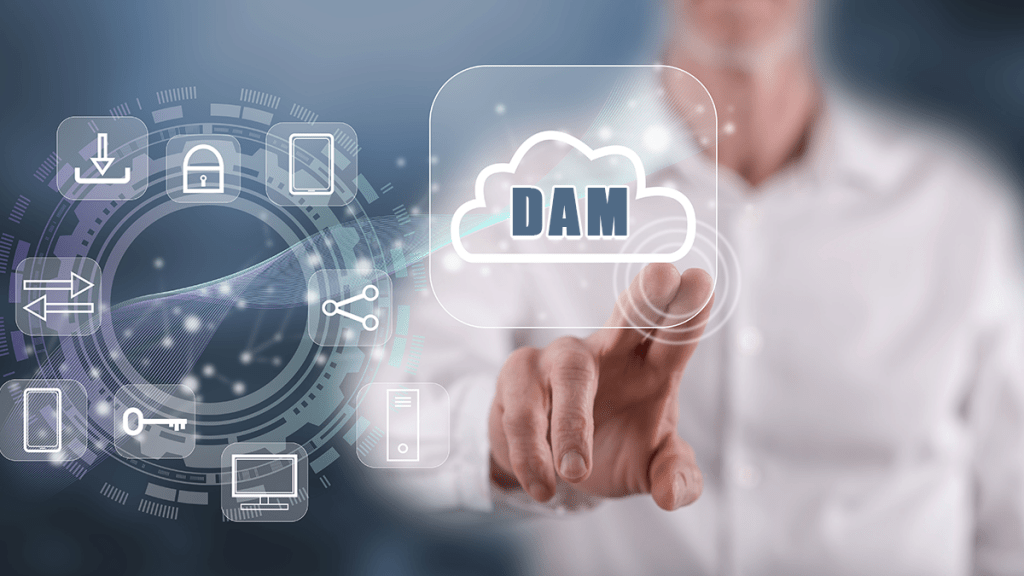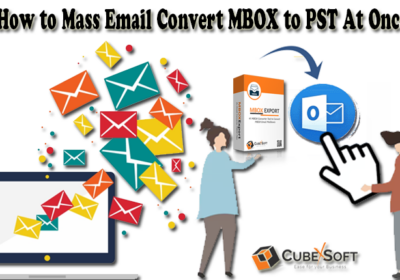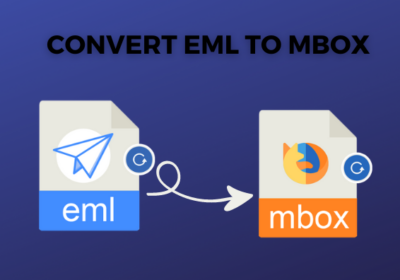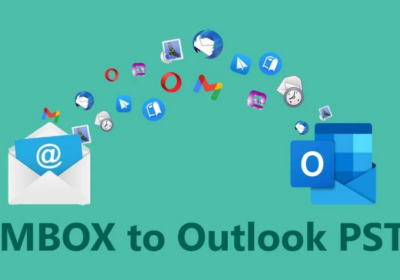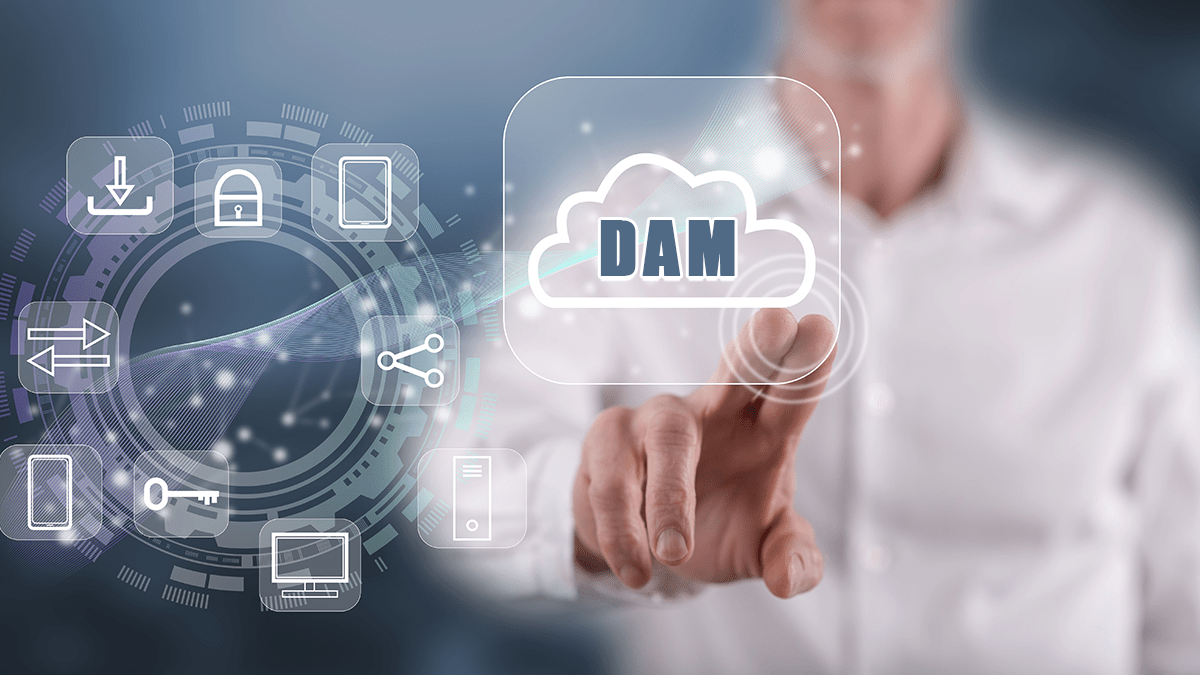
Top 7 Benefits Of Digital Asset Management (DAM)
Quality content is in substantial demand these days. Every industry requires content creators, from photographers and copywriters to video editors and graphic designers, as it helps them acquire and retain customers, boost sales, and build an excellent market reputation. Companies that want these benefits are adopting Digital Asset Management (DAM) solutions to assemble, organize, manage, and maintain their content.
This article will focus on the seven benefits of DAM systems and why they are being adopted rapidly by companies across industries.
1. DAM systems manage the content and keep it safe.
With the advent of social media marketing, companies regularly create, upload, and download tons of marketing/advertising resources. But the more files you have, the higher is the chance of misplacing them. With DAM solutions, you don’t have to worry about losing your content and recreating them. Once the marketing collateral is prepared, it’s safely stored within a DAM system from where it can be retrieved whenever required.
You can further increase the security of DAM systems by integrating them with knowledge business management suites such as Enterprise Resource Planning (ERP) systems, Customer Relationship Systems (CRM), and other knowledge-sharing systems.
2. DAM systems help you achieve more in less time.
DAM systems contain multiple tools that make your production cycle agile and more efficient. Some of them are as follows:
- On-the-fly conversions
- Version control
- Workflow approval functionality
Apart from the benefits mentioned above, DAM systems also control manual tasks that eat up a lot of time. They do this by automating several tasks and providing simple-to-use tools. Thus, your employees will spend less time on trivial work and focus more on creativity.
3. DAM systems accelerate marketing processes and streamline distribution.
One of the greatest benefits of DAM systems can be realized by integrating them with ERP software. It’s because different stakeholders — frontline executives, C-suite managers, various business departments, vendors, suppliers, and distributors — will gain access to marketing resources in a self-serve environment. This process will accelerate the information sharing speed. Moreover, DAM systems can also provide advanced functionalities by integrating with other marketing technologies, including:
- Advertising
- Social Media
- CRM
- Analytics
4. DAM systems help companies position their brand uniquely.
DAM systems ensure that all the company stakeholders use the same marketing collaterals by creating a single information repository and giving access rights to all the authenticated individuals. This step ensures that all relevant business stakeholders use high-quality file versions instead of low-quality ones. DAM system makes it convenient for stakeholders to search for relevant files and folders using suitable search tools. When companies use rich content, it ensures that the brand image is maintained at every customer touchpoint.
5. DAM systems minimize workflow redundancies.
DAM systems provide a 360-degree outlook of available marketing resources so that employees don’t invest time and resources in creating content that is already available in the repository. They allow the reusing and repurposing of digital assets, thereby delivering more in less time. When DAM systems collaborate with CRM software, they enhance cross-team collaboration and minimize/eliminate the disadvantages of costly miscommunications.
6. DAM systems help managers monitor ROI.
It’s essential to monitor how resources are being utilized inside the company. When integrated with CRM software, DAM systems allow managers to observe who is using what, when, and where. This step ensures that critical business information is available only to those who are authorized. The DAM system’s analytics feature measures each content piece’s response across various media channels and suggests ways to improve the underperforming ones. These data points help companies to make crucial content strategy decisions.
7. DAM systems increase content security.
Imagine what your competitor can do if they get access to your sensitive business information/content? Cyberattacks are increasing rapidly. In 2020 alone, about 445 million cyber-attacks happened worldwide. And this figure is growing rapidly. The only way to avoid yourself facing similar trouble is by integrating DAM systems with ERP software.
It will ensure that only authenticated individuals get access to sensitive business content. As soon as an unauthenticated individual hacks into the repository, the DAM system will shut down and alert the system administrator. To enhance security, it also limits download privileges for specific files.
Conclusion
Digital Asset Management systems allow companies to create, manage, and protect sensitive data conveniently. It serves as a single source of truth for all your marketing assets and manages the content lifecycle.









